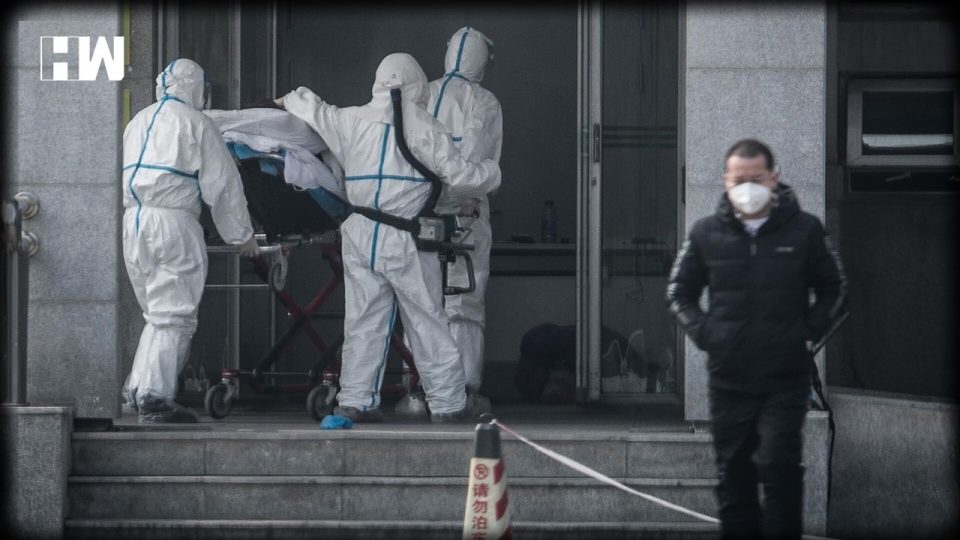Millions will be able to move around the virus-hit region after weeks of stringent measures to stem the spread of Covid-19
Hubei| China’s Hubei province said it will allow transportation to resume for the city of Wuhan on April 8, effectively lifting a mass quarantine over the city where the Covid-19 first emerged last December.
People in Wuhan will be allowed to leave the city and Hubei province, according to a statement on the provincial government’s website Tuesday.
The easing of restrictions comes as Hubei reported that new infections dropped to zero on March 19, a dramatic plunge from the height of an epidemic that’s infected more than 80,000 Chinese and killed over 3,200.
President Xi Jinping has been projecting confidence that his government has stemmed the outbreak in China. On March 10, Xi visited Wuhan, the capital of Hubei, for the first time since the disease emerged. But with the virus is accelerating its spread globally and Europe now reporting more cases than China, the world’s second-largest economy will struggle to resume full activity.
Wuhan and some neighbouring cities were put under strict lockdown on 23 January, weeks after the emergence of Covid-19, information about which was suppressed by the Chinese government and officials.
It was the largest lockdown in human history and drew scepticism and praise from health bodies. Now, as other countries across the world deal with their own massive outbreaks, many governments have announced lockdowns of their own. On Tuesday, around one-fifth of the world’s population was under some kind of order to stay inside their home.
World Health Organization chief Tedros Adhanom Ghebreyesus warned that the global pandemic was clearly accelerating.
Also Read:Donald Trump threatens further tariffs on China
The number of coronavirus deaths has topped 16,200, with more than 360,000 declared infections in 174 countries and territories, according to an AFP tally.
Tedros said it took 67 days from the beginning of the outbreak in China in December for the virus to infect the first 100,000 people worldwide.
In comparison, it required only 11 days for the second 100,000 cases and just four days for the third 100,000, he said.
Tedros acknowledged that many countries were struggling to take more aggressive measures because of a lack of resources but said “we are not helpless bystanders.
“We can change the trajectory of this pandemic,” he said.
There was a glimmer of hope Monday in figures from Italy, the European ground zero of COVID-19.
As an independent media platform, we do not take advertisements from governments and corporate houses. It is you, our readers, who have supported us on our journey to do honest and unbiased journalism. Please contribute, so that we can continue to do the same in future.

